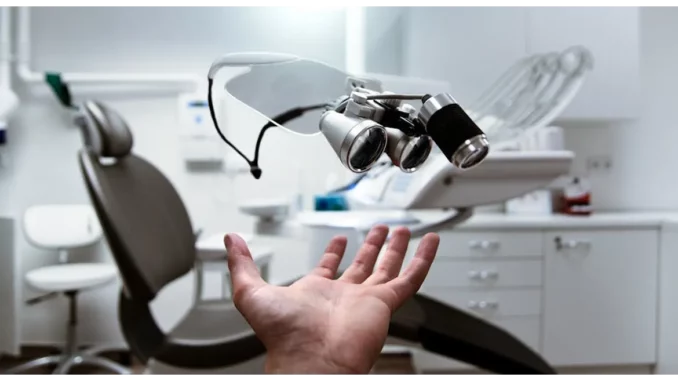
In a serene and sunlit nook of a bustling hospital, I had the opportunity to meet Dr Sarah Collins, a distinguished neurosurgeon deeply committed to advancing glioma treatment. Her passion for this complex and challenging field was evident in every word she spoke as she shared her insights over a cup of coffee. The intricate interplay between medical science and patient care shapes her daily work, offering a unique perspective on a field precariously balanced between hope and uncertainty.
Dr Collins began by elucidating the primary strategy in glioma treatment: the surgical resection of the visible tumour. “It’s akin to an iceberg,” she explained thoughtfully, yet assertively. “What we see and can excise is merely a fraction of the issue. The true challenge resides in what remains hidden—the tumour cells that extend beyond what is visible on an MRI.” This metaphor aptly captures the essence of gliomas, particularly the aggressive variants like glioblastoma, which infiltrate the brain’s delicate structure with tendrils that elude complete surgical excision. “Imagine attempting to remove a single thread from a woven tapestry without disturbing the whole,” she elaborated. “That is the precision we strive for, fully aware that we are operating in a landscape fraught with uncertainty.”
This uncertainty is where the artistry of neurosurgery intersects with the science of oncology. Dr Collins illustrated this point with a poignant story of a recent patient—a young woman whose life was abruptly altered by a glioma diagnosis. “Her case starkly reminded us of the disease’s unpredictability,” Dr Collins reflected. “We successfully resected the visible tumour, but post-operative scans revealed that the disease was more pervasive than initially anticipated.” This scenario is a common occurrence in glioma treatment, where the visible tumour represents just the tip of the iceberg, and the disease often extends beyond the reach of the surgeon’s scalpel. “Our work doesn’t conclude in the operating theatre,” Dr Collins emphasised. “Post-surgery, we engage in close collaboration with oncologists and radiologists to plan subsequent steps, typically involving radiation or chemotherapy.”
Our discussion then shifted to the role of advanced imaging techniques in glioma treatment. Dr Collins expressed a mix of optimism and caution regarding these technologies. “Advanced imaging, such as functional MRI and PET scans, has revolutionised our understanding of tumour biology and behaviour,” she noted. “These tools enable us to map the tumour’s territory with greater precision, yet they are not infallible. Much remains to be understood about how gliomas spread and why they respond to treatment unpredictably.” Her commitment to patient care is evident in her emphasis on personalised treatment, recognising that each patient’s journey is unique. “It’s vital to consider the patient’s quality of life and personal goals when planning treatment,” she remarked. “For some, aggressive treatment may be suitable, while for others, a more conservative approach might be preferable.”
Throughout our conversation, it became evident that Dr Collins perceives her role as both a scientist and a caregiver. She candidly described the emotional toll of treating glioma patients, many of whom face daunting prognoses. “It’s heart-wrenching,” she admitted, her voice tinged with empathy. “Yet, it’s incredibly rewarding to be part of a team that is pushing the boundaries of what is possible in glioma treatment.” As our discussion drew to a close, we touched on the future directions of the field. Dr Collins expressed hope about the potential of novel therapies, such as immunotherapy and targeted treatments, which are currently being explored in clinical trials. “These are exciting times for glioma research,” she said with a hopeful smile. “We are learning more each day about harnessing the immune system to combat this disease, and I believe we are on the cusp of significant advancements.”
Reflecting on our conversation, I was struck by the sheer complexity of glioma treatment. It is a field that demands precision, innovation, and a profound wellspring of compassion. Dr Collins embodies these qualities, and her dedication to her patients is both inspiring and humbling. As I departed the hospital, I couldn’t help but think of the countless patients and families navigating the tumultuous journey of a glioma diagnosis. Thanks to the tireless efforts of professionals like Dr Collins, there is hope on the horizon. While the path forward is laden with challenges, it is evident that the battle against glioma is as much about the resilience of the human spirit as it is about scientific discovery.


Be the first to comment